Dehydrating Food & Ayurveda

When I started dehydrating my extra greens (think kale chips and soup mixes for winter) during the summer, I wondered why we didn’t talk about the best methods of nutrient, enzyme and prana preservation techniques in Ayurveda school. We learned that if Vata bodytypes eat too much dehydrated food (like nuts and dried fruits) they won’t be able to poop, unless they soak it first. True enough. However, there is a whole world of Ayruveda in dehydrated food I’ve since discovered.
Simply enough, dehydrating food is nature’s way of preserving the prana (life force), the enzymes (or energy converters) and the nutrients (building blocks of bodily tissue) in our food. Sunlight and wind are the primary dehydrators which we mimic with the modern dehydrator, which is a box with a heat source (usually electricity) and a wind source (a fan).
Canning and freezing foods to preserve them, on the other hand, greatly diminish instead of preserve the prana, the enzymes and the nutrients. These traditional practices render food with less taste (& more need of salt, sugar or spice) as well as less of the stuff your body needs.
Dehydrating Food & Ayurveda = prana, enzymes and nutrients
Let me expound:
Dehydration allows you to keep those essential nutrients in your raw fruits and vegetables indefinitely. Nutrients are the building blocks (kapha) of the tissue of your body.
Dehydrating food (below 115′) keeps the plants enzymes alive and nutrients bio-available (useful for your body). Canning, on the other hand, puts the food in boiling water that destroys the enzymes.
Dehydrating fruits, veggies and sprouted seeds life force (prana) in your food, making even freshly canned vegetables not as good for you as they could be. Deyhdration, on the other hand, traps in nutrients and enzymes, and dried food can keep indefinitely in a vacuum-sealed container.
Prana (Vata) and the Dehydrator
Dehydrating fruits, veggies and sprouted seeds life force (prana) in your food, making even freshly canned vegetables not as good for you as they could be. Deyhdration, on the other hand, traps in nutrients and enzymes, and dried food can keep indefinitely in a vacuum-sealed container. Listen to David Wolfe on getting the connection between raw food and life force. When you eat living foods you are turning on the nutrients, including minerals, in your diet through catalyst power of enzymes
Enzymes (Pitta) and the Dehydrator
Dehydrating food (below 115′) keeps the plants enzymes alive and nutrients bio-available (useful for your body).Canning, on the other hand, puts the food in boiling water that destroys the enzymes.pitta and enzymes
What are enzymes?
Enzyme comes from the word to change. In Ayurveda, the force of change is the force of Pitta, or transformation. How do you make the outer ecosystem (the plants and animals you eat) your inner ecosystem?
The simple understanding is it’s the catalyst power of enzymes. If you want to understand how to optimize your enzyme levels do in your body from a living foods diet, check out Viktor Kulvinskas in this 20 minute lecture or David Wolfe.
If you’re into the hard core science of enzymes and cellular health, check out the images from Branson Lab on structural enzymology.
Nutrients & Minerals (Kapha) and the Dehydrator
Dehydration allows you to keep those essential nutrients in your raw fruits and vegetables indefinitely. Nutrients are the building blocks (kapha) of the tissue of your body.
Dried wild edibles do your body even more good than farmed or gardened produce. Wild plants and herbs carry in them the immune system of your ecosystem. They are exposed to the elements, they live in the soil, they cohabitate with local insects and animals. What does this mean for you? These foods can reverse allergies and boost your immune field. Eat them year round and you’ll avoid the winter plague when it hits your people.
Dehydrating & the doshas
When you take the moisture out of plants and meats it requires moisture from the body to digest. If a body has excess moisture, as Kapha people do, this is a good thing. If the body is already dry or dehydrated, you must rehydrate your dehydrated food. This is essential for Vata people, especially. Soaking dried fruits or dried soups is necessary for Vata. The process of dehydrating doesn’t effect Pitta as much, unless the foods are heating in nature. For example, dried ginger root is more heating than fresh ginger root.
Which Dehydrator?
I prefer the Excalibur 9-tray dehydrator. The big selling point it that it has a fan and a thermometer. Get some Paraflex Sheets to make raw crackers, breads and fruit roll-ups.
What temperature is best to dehydrate?
Dr. Gabriel Cousens, author of Rainbow Green Live Food Cuisine, and founder of Tree of Life Rejuvenation Center has the most reliable opinion when it come to understanding Ayurvedic prinicples and living food. Here is what he has to say on temperature:
Recent research by The Excalibur Dehydrator Company suggests that it is actually better to begin the dehydration process at 145 degrees F for the initial stage of the drying process. The reasoning is that as the food is dehydrating, it literally “sweats out” the moisture it contains. This moisture inside the dehydrator reduces the food temperature, as much as 20-25 degrees.
This information changes how we think about the entire process of food dehydration. It means that the safest way to dehydrate is to begin drying at 145 degrees F for a maximum of three hours for foods with a high water content. After this the temperature is set in the “normal” range of 110 to 115 degrees F through the completion of the drying process.
By doing this we are inhibiting bacterial growth by reducing the time the food spends in the dehydrator. The longer that a food is in the dehydrator the more potential exists for the enzymes to be destroyed, even at lower temperatures. Low-temperature dehydration for sustained time, as practiced for years by the live-food community, may not be safe because sustained low-temperature dehydration encourages bacterial growth and fermentation.
At the Tree of Life we feel that the new approach is both safer and more efficient.
If you’re looking for tips and recipes I’ve posted, start with Top 3 ways to cut your food bill with a Dehydrator. And let me know your tips for the bodytypes and dehydrated food.


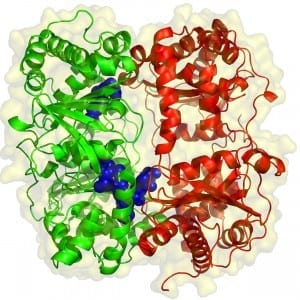
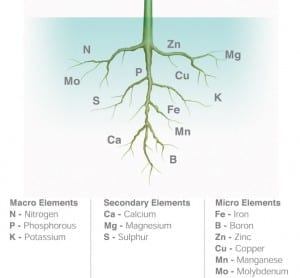
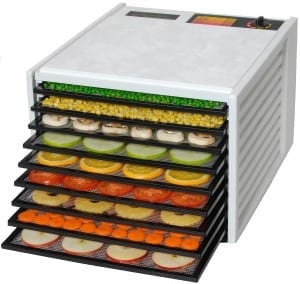
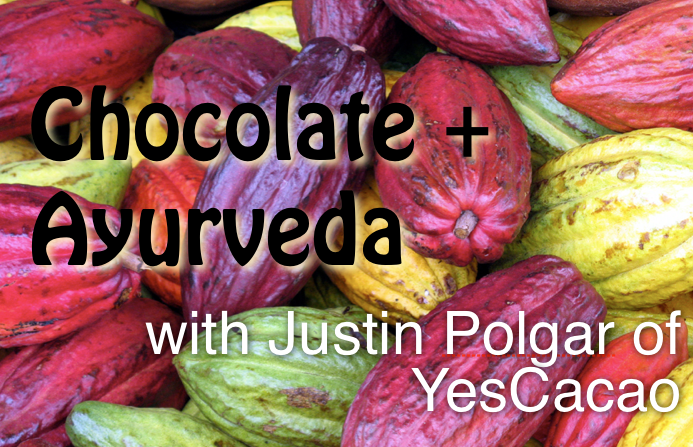
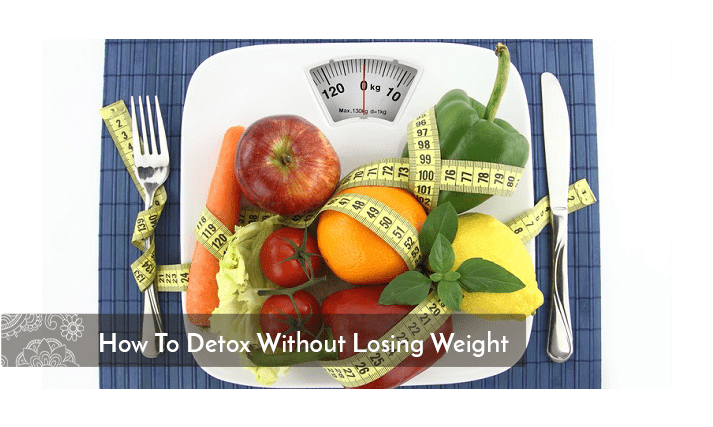








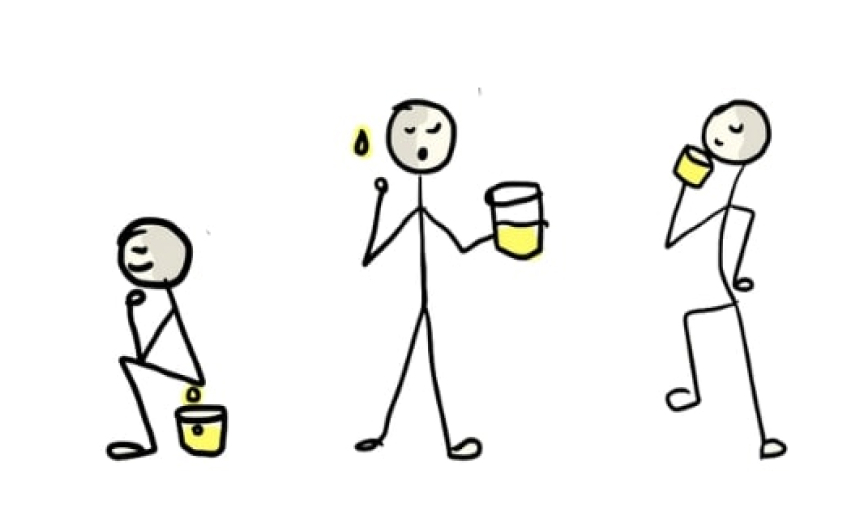
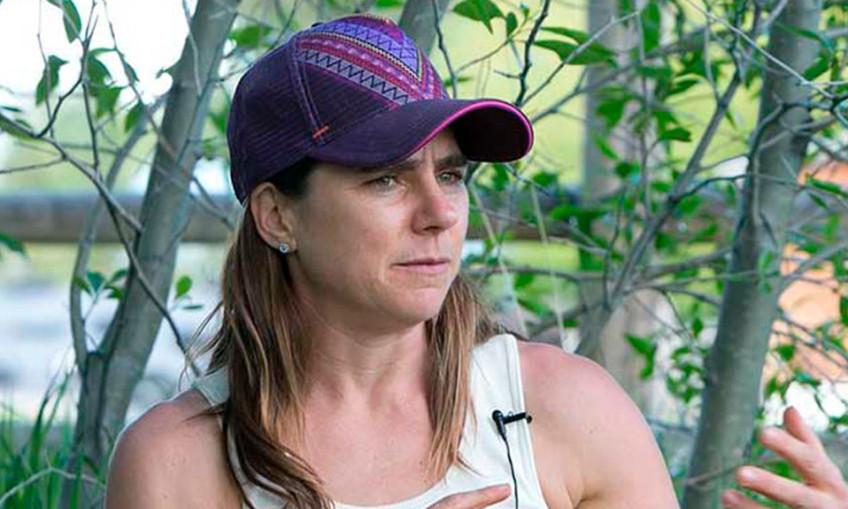

Comments
No comments yet, be the first to comment